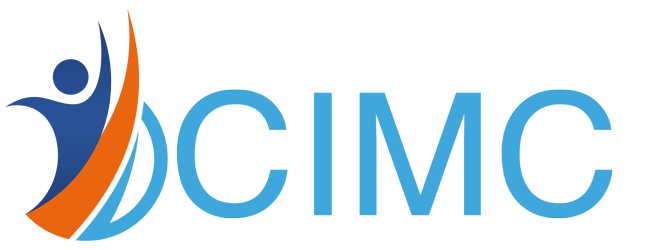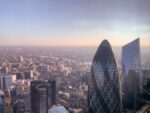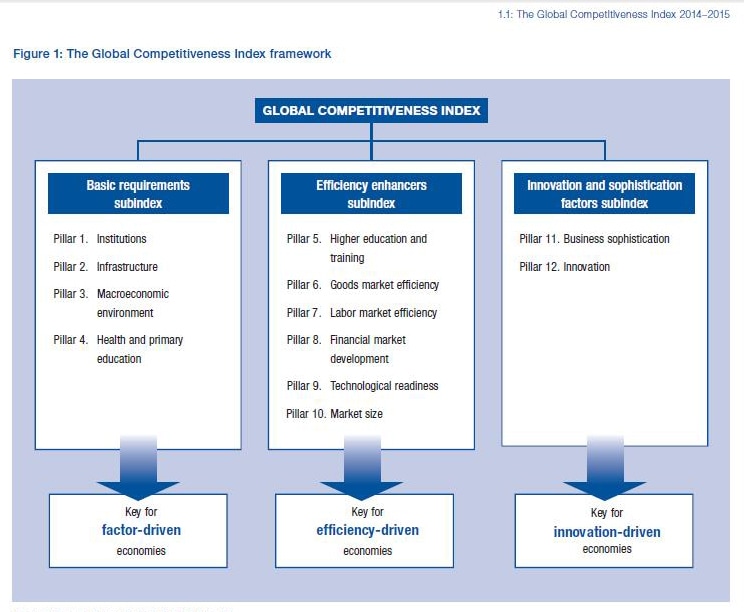Part two will address how creativity in the workplace can lead to better employee and end-user experiences.
Deductive Reasoning and Inductive Reasoning
As management consultants, our job is to hone in on the challenge of an organization, understand it and present recommendations to resolve it. There are two main thought processes that can be employed to accomplish this task: deductive reasoning and inductive reasoning. Deductive reasoning is more top-down in its approach, using a theory as the foundation of the thought process whereas inductive reasoning is more open-ended and exploratory, using observations as the foundation for the theory. The process of creative thinking is an inductive one, which can lead to solutions that may otherwise be overlooked. As a consultant, the ability to use both deductive and inductive reasoning can create value for clients.
Starting from the Bottom
For example, consider an organization that provides consumer products or services but recognizes that it must further differentiate itself to remain competitive and relevant.
If one starts with the theory that the products or services need to be of more value to the consumer, this could be based on price or design. Let’s assume that the decision is to design a better product or service. (Great!) What is the next step? Using a more creative approach, to identify how the organization could increase its competitive edge, would start with really observing all aspects of the organization’s operations with an open mind.
In the case of improving the design, it could mean thinking beyond the actual deliverable to get to the heart of the design process – the people. Does the organization have a well-designed workplace? Are employees empowered to control their own spaces and maybe even their day as the work dictates? A 2014 article in the Harvard Business Review provides empirical evidence that workplace design and the ability to control how their space feels influences creativity. Moreover, employee autonomy can in positively impact productivity, motivation and performance.
Creative Thinking Leads to Short and Long-Term Client Solutions
In this example, taking a different tack to find the solution identified a connection between the employee experience and a design-based competitive edge. That is, if employees are in an environment that encourages creativity and are empowered to control their own space and time, then they are more likely to be creative and more productive to boot. The result of this improved employee experience is potentially a better designed consumer experience; not just for the end product or service but also for the customer service that leads to the deliverable.
In the end, the holistic application of the creative thought process of a management consultant can not only lead to short-term gains through better designed deliverables and end-user experiences, but also to long-term gains due to better designed internal processes and employee experiences.
So management consultants, don’t be afraid to bring your creative A-game to your next project.
by Royann Dean




